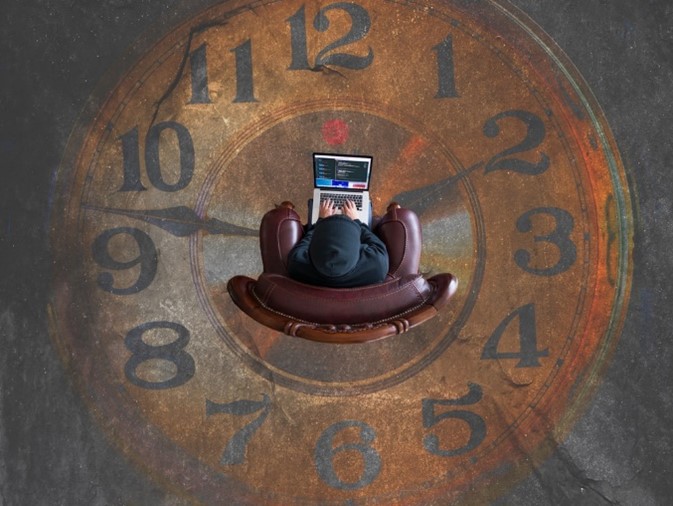
A Problem Helps

I used to see a problem as an enemy. A problem meant that my plan was not going as it should have. It was a setback that shouldn’t have existed. It cluttered the path with difficulties, seemingly for no reason at all. When a problem appeared, I was frustrated that I had to devote time and energy to it, instead of moving towards my goal. Often, just the anticipation of possible problems would stress me out.
This spring, my poster team ran into a problem. Our graphs weren’t accessible for people with disabilities: We needed to add dashed lines, colors, and shapes. In addition, we needed to fix the legend and axes. And we didn’t know how to do so. At first, I thought of this problem the same way I always do: Another obstacle that was impeding my progress towards my goal. However, that same semester, our lab was reading the book Deep Work by Cal Newport. He defined deep work as “professional activities performed in a state of distraction-free concentration that push your cognitive capabilities to their limit… [allowing you] to wring every last drop of value out of your current intellectual capacity” (p. 5). It seemed like just what I needed to fix our problem. Therefore, I decided to use deep work to fix my poster team’s graphs.
To practice deep work, I set aside 2 hours per day when I would work on the graphs in a distraction-free environment. Seven days a week, 8 a.m. to 10 a.m. First thing, so I couldn’t procrastinate. Before I talked to my parents, so they wouldn’t know I was awake. With the blinds closed and my phone on do-not-disturb, so I wouldn’t be distracted. After removing the possibility of distractions, I started practicing. I used my time to read R statistics manuals and search Google, then played around with the example code. I implemented the new ideas into our graphs. I pushed myself, working past the point of frustration. I had to sort through a vast number of solutions online, try them out, combine solutions, try them out, and do this some more. The process was repetitive and effortful. One solution would work for our lines but undo the solution for our shapes. I was tempted to give up at times, but I didn’t want to lose the mental flow that comes with uninterrupted deep work. So, rather than allowing myself to be overcome with frustration, I committed to pushing myself until I finally found a solution. And I did.
Using deep work, I was able to make my team’s R graphs just right for our poster. Not only did our graphs have legible axes and legends, but they also had dashed lines, solid lines, colors, and shapes that made them more accessible. In addition, I had learned skills that would help me on future R projects.
I used to see a problem as an enemy because they usually interrupted my plans and made me uncomfortable. Now I see a problem as a friend — a friend that tells you the honest truth about where you need to improve in order to accomplish your goals. A friend that is there to help you, despite the frustrating way it presents itself. If you accept that frustration, you will find out things you didn’t know before and learn skills that will help you now and in the future.
The problem with our poster graphs taught me so much this spring. It taught me how to create graphs in R, which is a useful skill for future research projects and graduate school. More generally, it taught me how to code and problem-solve and how to be tenacious. But it also taught me how to truly apply deep work. Before encountering this graph problem, I was already spending a couple of hours per day earning certifications in R. But deep work is more than just dedicating time in a distraction-free environment. It also includes “professional activities… that push your cognitive abilities to their limit,” which allows you to “wring every last drop of value out of your current intellectual capability”. A practical problem that you truly want to solve provides the motivation and focus to make deep work happen. I encourage you to embrace problems as learning opportunities and to face problems using a deep work philosophy.
Reference
Newport, C. (2016). Deep work: Rules for focused success in a distracted world. Grand Central Publishing.
 Kai Okagawa joined the Interactive Measurement Group in the spring of 2021. He is majoring in psychology and is set to graduate in spring of 2023. He is currently the Lab Website Coordinator and an Action Editor. After graduation, he hopes to pursue a Ph.D. in clinical psychology.
Kai Okagawa joined the Interactive Measurement Group in the spring of 2021. He is majoring in psychology and is set to graduate in spring of 2023. He is currently the Lab Website Coordinator and an Action Editor. After graduation, he hopes to pursue a Ph.D. in clinical psychology.